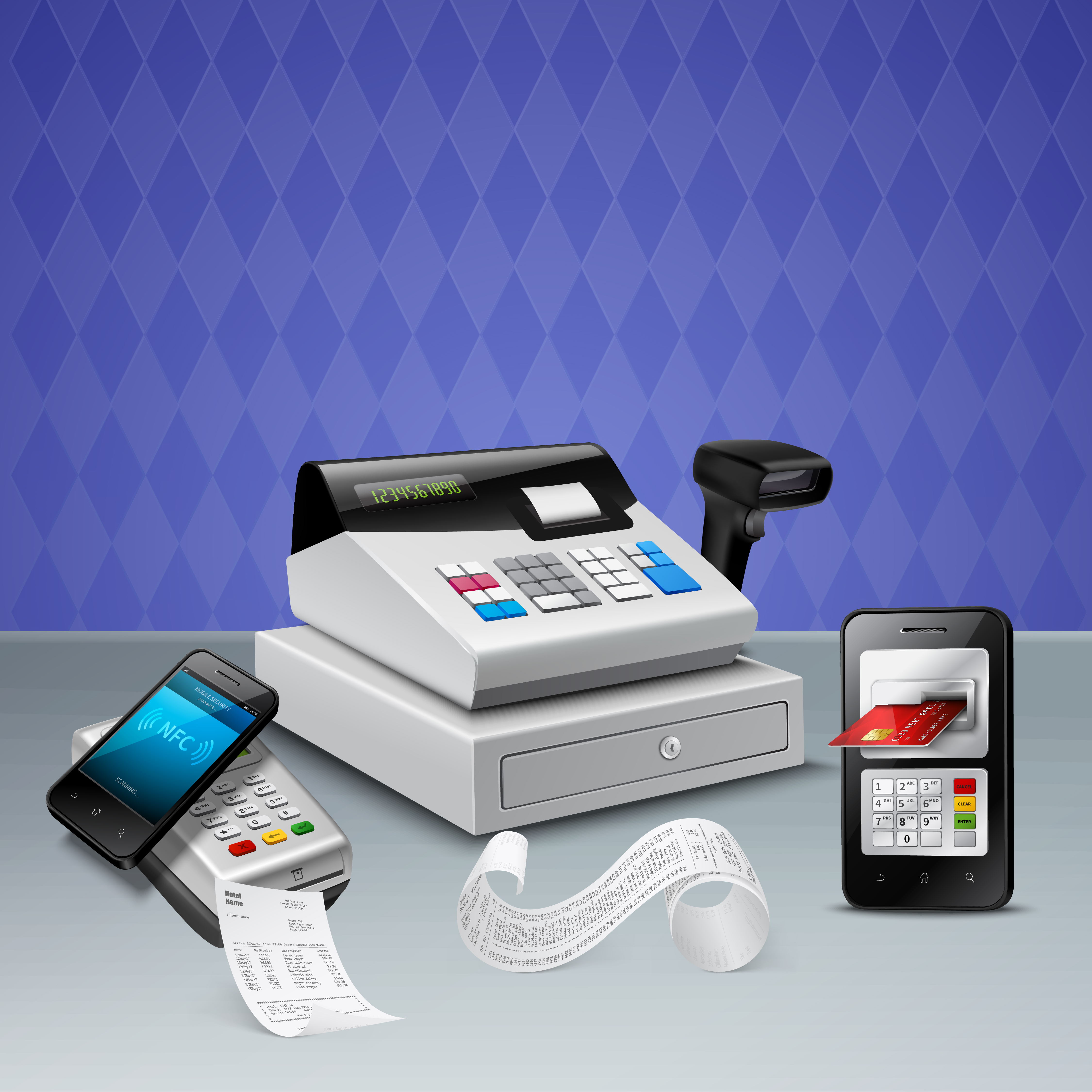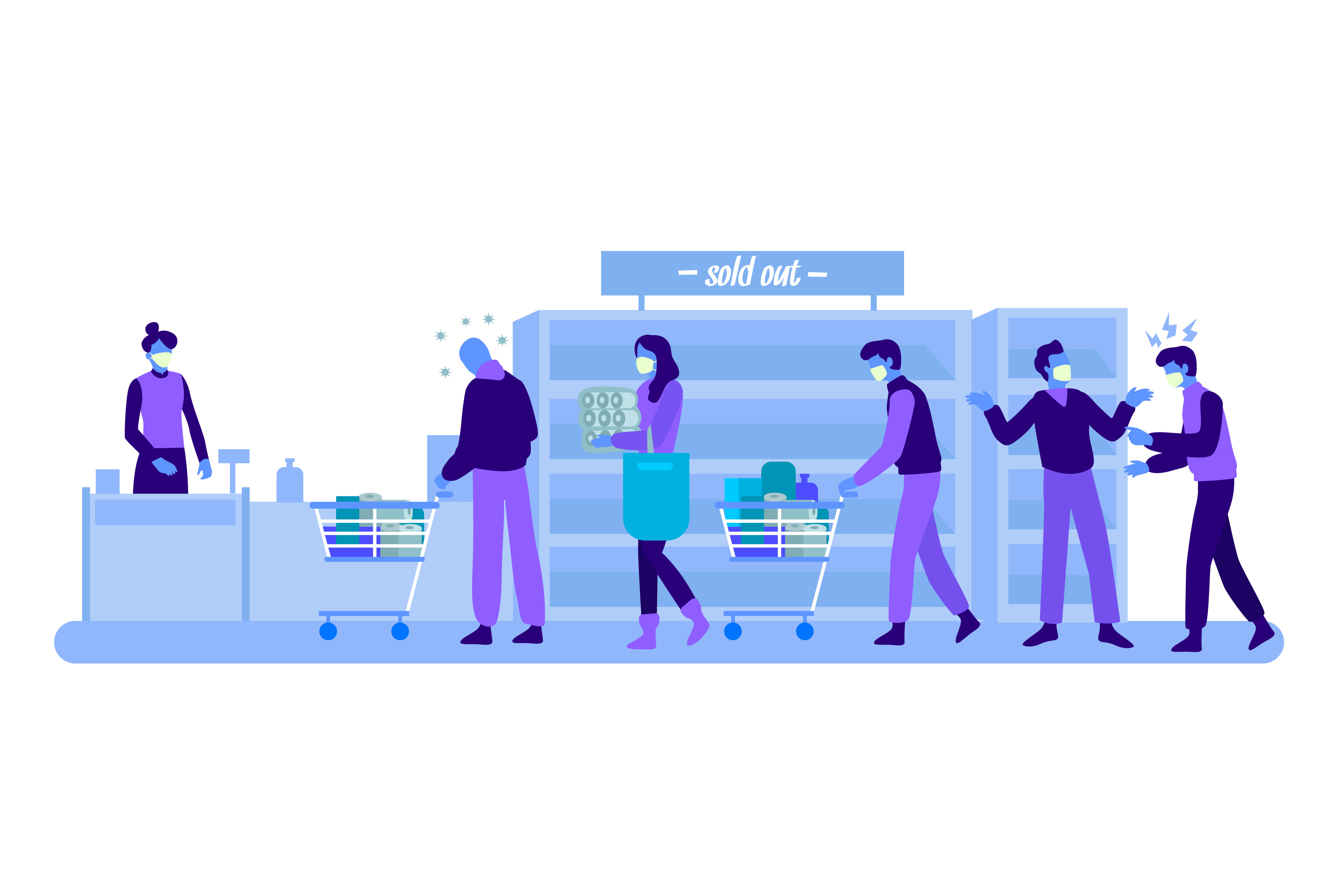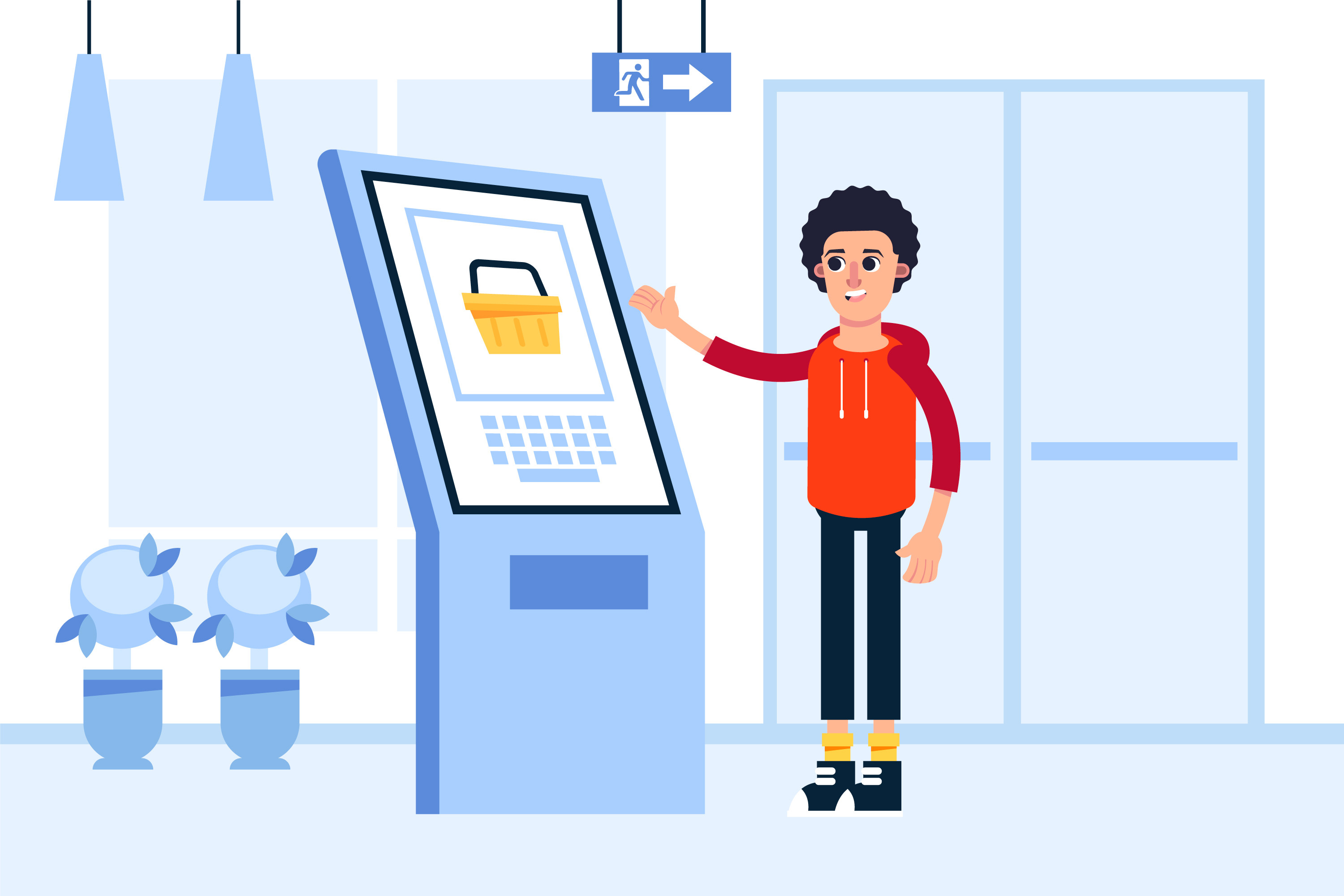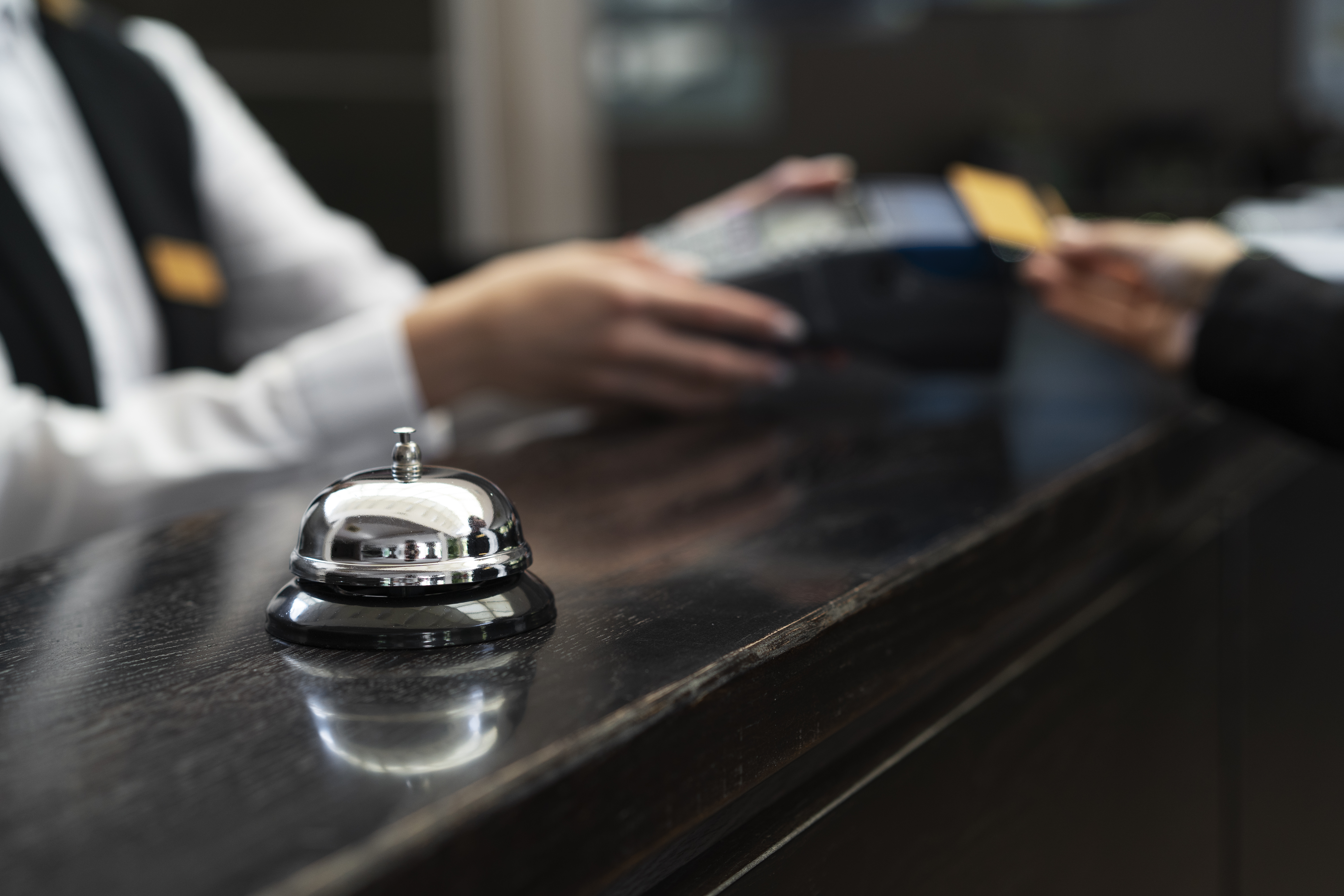In the fast-paced world of modern dining, efficiency is key to success. One way restaurants can significantly enhance their operational efficiency is by automating the billing system using Point of Sale (POS) technology. This not only expedites the payment process but also reduces errors, enhances customer satisfaction, and provides valuable data for business insights. In this article, we’ll explore how to automate a restaurant’s billing system using a POS system.
Choosing the Right POS System
The first step in automating a restaurant’s billing system is selecting an appropriate POS system. A POS system tailored for the restaurant industry comes equipped with features specifically designed to streamline operations. Look for a system that includes menu customization, order management, and seamless integration with payment gateways.
Menu Customization and Itemization
The heart of any restaurant is its menu. With a POS system, restaurants can easily customize and itemize their menus, making it simpler to manage and update. Whether it’s changing prices, adding seasonal items, or accommodating special requests, a POS system provides the flexibility to make adjustments in real-time.
Order Management
POS systems excel in order management, ensuring accuracy and efficiency in the ordering process. From the moment a customer places an order to the kitchen receiving the ticket, a POS system automates the entire workflow. This not only reduces the margin for error but also speeds up the preparation time, ultimately leading to quicker service.
Integration with Payment Gateways
Automating the billing process means integrating the POS system with secure and reliable payment gateways. This allows customers to pay using various methods, such as credit cards, mobile payments, or even contactless payments. Seamless integration ensures that payments are processed quickly and accurately, minimizing the chances of errors in transactions.
Streamlining Split Bills and Discounts
POS systems simplify the often complex task of splitting bills among a group of diners. With just a few taps, servers can allocate specific items to each individual, making the checkout process smooth and efficient. Additionally, the system can automatically apply discounts, promotions, or loyalty rewards, ensuring that customers receive the benefits they are entitled to without the need for manual calculations.
Real-time Reporting and Analytics
One of the significant advantages of automating the billing system through a POS system is the access to real-time reporting and analytics. Owners and managers can monitor sales performance, track inventory levels, and analyze customer preferences. This valuable data can be used to make informed decisions, optimize menu offerings, and devise marketing strategies to enhance overall business performance.
Employee Efficiency and Accountability
POS systems not only benefit customers but also enhance the efficiency of restaurant staff. Servers can focus more on providing excellent customer service instead of manual billing calculations. Moreover, the system tracks each transaction, promoting accountability and reducing the likelihood of errors or discrepancies in cash handling.
Conclusion
In conclusion, automating a restaurant’s billing system using a POS system is a strategic move that can significantly enhance operational efficiency. From streamlining the ordering process to providing valuable business insights, a well-chosen POS system becomes an indispensable tool for restaurant owners and managers. As the hospitality industry continues to evolve, embracing technology is not just an option but a necessity for staying competitive and meeting the ever-increasing demands of modern diners.
Read Also: Trends Decoded: A Roadmap to Navigate the Dynamic World of POS Software in Restaurants







